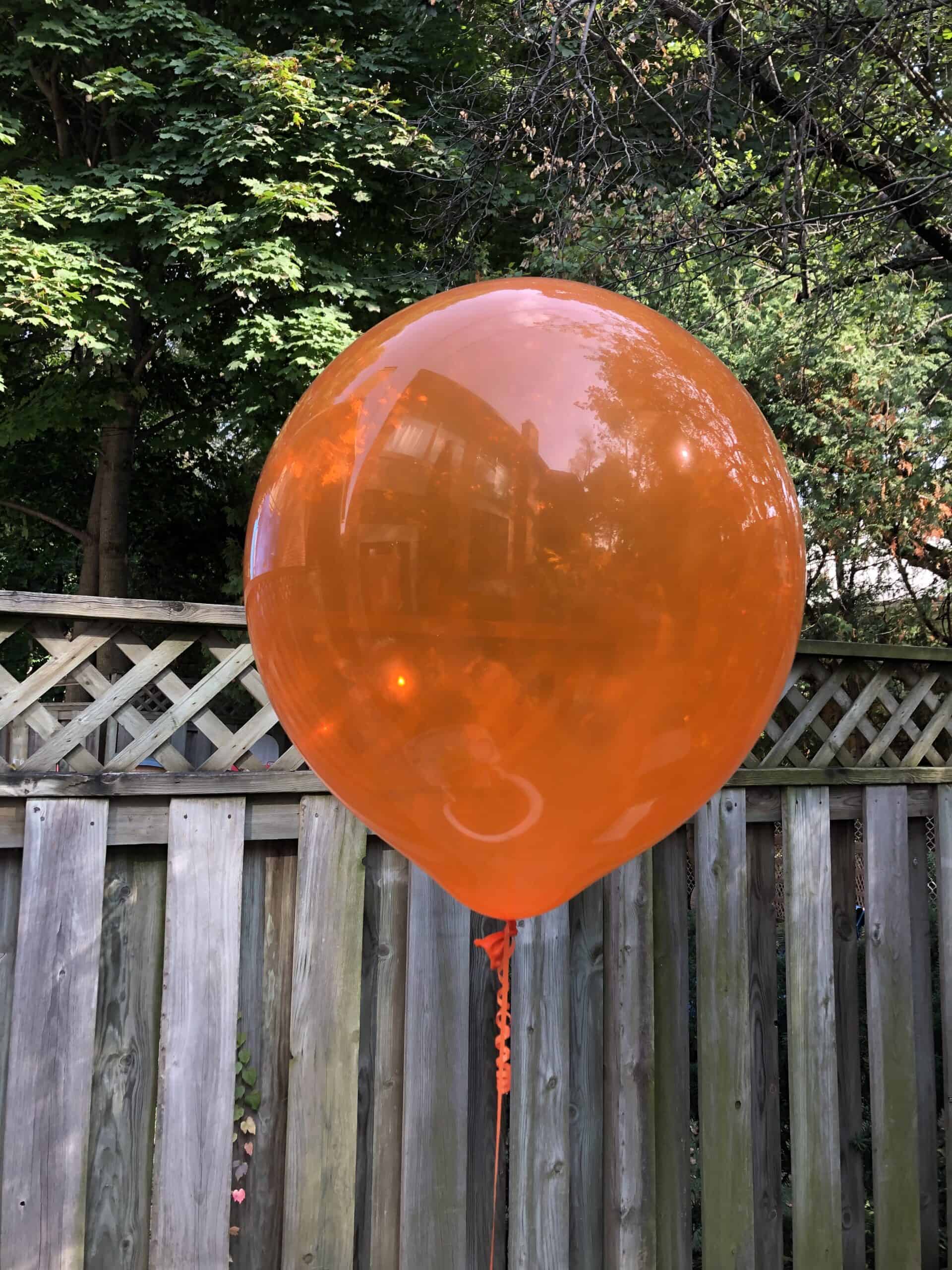
Jory and Jill’s Personal Impact Investing Journey: Part 11
 Like so many others this year, Hayzen had a birthday during the pandemic. This was a milestone birthday for him – his first! While it was fun to celebrate him turning one, Hayzen is undoubtedly growing up during an unprecedented time in history. With no end in sight just yet, we continue to be concerned about the pandemic and how this will affect him and other little ones, as well as the long-term impact on our society.
Like so many others this year, Hayzen had a birthday during the pandemic. This was a milestone birthday for him – his first! While it was fun to celebrate him turning one, Hayzen is undoubtedly growing up during an unprecedented time in history. With no end in sight just yet, we continue to be concerned about the pandemic and how this will affect him and other little ones, as well as the long-term impact on our society.
Many businesses are struggling to keep afloat. However, one of the sectors that has an opportunity to financially benefit from the pandemic is healthcare. This post will focus on our investment in a healthcare company based in British Columbia, WELL Health Technologies (WELL). WELL offers digital healthcare tools and solutions like telemedicine, and is well positioned to grow its business during these challenging times.
WELL has an interesting genesis story. It was initially founded back in 2017 as a company focused on yoga and a wellness lifestyle. In 2018, WELL transitioned into the healthcare space through the acquisition of six primary care clinics and then subsequently sold all its non medical-related assets. Interestingly, also in 2018, Sir Li Ka-shing invested in WELL. That’s noteworthy because Sir Li Ka-shing is one of the wealthiest people in the world, and his investment firm, Horizons Ventures Limited, has a track record of successful investments such as Facebook, Spotify, and Zoom Video Communications. Later in the year, WELL purchased another 13 medical clinics in British Columbia, making WELL the largest single chain of primary care clinics in the province. Throughout 2019 and 2020, WELL also made a series of acquisitions in the telehealth field and digital electronic health record (EMR) space, which have become the company’s areas of focus. As one might imagine, WELL’s digital health and technology offerings have grown significantly during the pandemic.
My previous post in this series featured a significant portfolio allocation to a global equities ETF (Exchange-Traded Fund) impact investment. This time, however, the investment in WELL represents a relatively small slice of our portfolio – although judging by WELL’s performance since our initial investment, it wouldn’t have hurt if WELL represented a bigger portion! We first invested in WELL in mid-April, and at the end of September, WELL’s share price increased by over 300% year-to-date. That much growth in a short period of time is significant! Of course, there’s no guarantee WELL’s performance will continue to trend upwards, but the stock has certainly increased in value considerably since we first invested back in April.
There are two other noteworthy transactions that affected our portfolio since the previous post. Given our large position in the CI First Asset MSCI World ESG Impact ETF, we sold our stake in the iShares MSCI Global Impact ETF. Since both ETFs invest in global companies with social or environmental impact, I realized there is an overlap in the companies held by both ETFs. For that reason, we liquidated our position in the iShares MSCI Global Impact ETF, and did so at a healthy profit.
We also sold our shares of BorgWarner, a components and parts supplier for the global automotive industry with a focus on hybrid and electric vehicles. When we first invested in BorgWarner, I noted that while we appreciated the business from a financial and environmental impact perspective, we were wary of its lack of diversity and inclusion in its governance structure, most notably its board of directors.
Since our investment, we have seen the board begin to transition into a visibly more diverse group, which is certainly a positive trend for the company and its stakeholders. However, despite the progress around diversity and governance (the company still has a long way to go), with the US dollar valued at a position of strength relative to the Canadian dollar, I decided it was a good opportunity to sell at a profit. The investment in BorgWarner was made in US dollars, so the exchange rate helped boost our returns.
Before our investment in WELL and the sale of our positions in the iShares MSCI Global Impact ETF and BorgWarner, 65% of our portfolio was invested for impact. Today, after those three transactions, 57% of our current portfolio can be considered impact investments.
When we first invested in WELL, the size of the company in terms of market cap was relatively small. For that reason, and similar to other investments in relatively small publicly-traded companies in our portfolio such as Great Quest, RE Royalties and Urban Green Energy (UGE), it is classified within the alternatives asset class.
Prior to our investment in WELL and the sale of our shares in the iShares MSCI Global Impact ETF and BorgWarner, we were overweight in cash as it represented 28% of our portfolio. Since our investment in WELL was a relatively small one, we ended up adding more cash to our portfolio with the two exits. As of August 2020, we are sitting on even more cash than before – 36% of our portfolio. This is intentional, as I believe that given the volatility of the market, there may be opportunities in the future to put cash to good use.
There is still so much uncertainty in the world and in the markets. We’re intentionally shoring up cash reserves to act quickly if market volatility creates investment opportunities. Future posts will focus on any new impact investments made amid the uncertainty.
Disclaimer: This blog post is not investment advice nor is it an investment recommendation, so don’t take it as that and don’t rely on it! Seek independent professional investment advice.